For more than 20 years inventor dude Mike Valentine‘s radar detector the Valentine One has more-or-less been the undisputed champion in the speeding ticket avoidance industry. An industry that came of age during the Richard Nixon administration in 1974 via the The Emergency Highway Energy Conservation Act which required states to enact a 55 miles-per-hour speed limit to receive federal funding for highway repair.
Now suddenly, according to a Car & Driver magazine’s latest radar test, the company Valentine helped start, Escort has overtaken the longtime champ.
Or has it?
“This magazine’s recent comparison of radar detectors reached an odd conclusion- that the elimination of false alarms ‘provides a higher level of real-world protection’ than you’d get from detailed information about those alarms,” Valentine writes in a full page ad in the April issue of Car & Driver. “I disagree strongly. Here’s why. GPS false alarm blocking systems fail the Murphy’s Law test.”
Lest anyone be unfamiliar with said law, Valentine adds, “If a system can fail, it will sometimes.”
“Using GPS to block false alarms is not failure proof,” Valentine continues. ‘And the failures are disastrous; it blocks real radar. You can see the demonstrations on YouTube.”
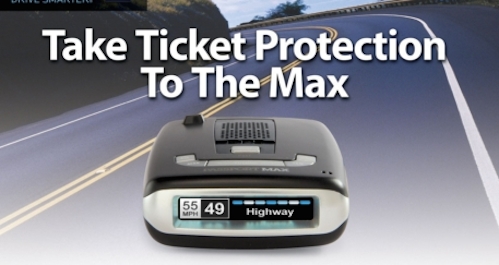 The reason Car & Driver‘s test was unfair?
The reason Car & Driver‘s test was unfair?
“You’ve got to look at the fine print,” says one Valentine One staffer. “One of the things they did with falling was they turned off the X-Band on the Escort and left ours on. So guess what? With the X-Band on, you’re going to have more falling.”
Back to Valentine…
“Here’s the inescapable fact: There’s no detectable difference between false alarm signals and those of real radar,” Valentine says. “So every blocker uses some proxy to identify falsest; GPS uses location. But at the marked location, the blocker (on the Escort) doesn’t home in exactly on the offending false. Instead it zeros out a band of frequencies that includes the false. If a radar trap sets up nearby, on a frequency close to the false, Murphy’s Law will prevail and it will block that radar too.
“Ask yourself this; who has more skin in the game of finding radar, Murphy or the driver? At Valentine Research, my company, we’ve created Valentine One to serve the driver by telling him – instantly and on every alert for both radar and laser – everything he needs to know for defense. Including where to look and how many (alarms are) within range. All other detectors simply go ‘beep.’ ”
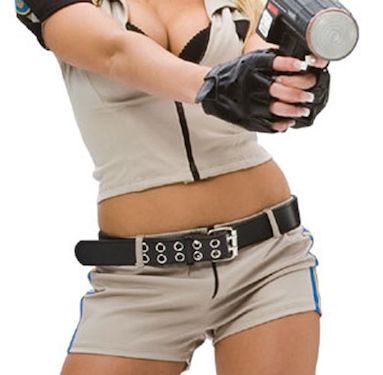 On learning the results of Car & Drivers “test’ – albeit a far less extensive one than the magazine’s past efforts – Valentine was pissed.
On learning the results of Car & Drivers “test’ – albeit a far less extensive one than the magazine’s past efforts – Valentine was pissed.
“Imagine my frustration when this magazine rated our competitor’s simple beeps as having value equal to V1’s comprehensive threat report,” Valentine writes. “”Even more troubling, it concluded that deferring to Murphy by preemptively blocking signals is preferable to giving the driver everything he needs to decide for himself.
“Signal blocking often works, but it doesn’t always work. And the failures are simply unacceptable, because it keeps you in the dark while it blocks the very signals you bought it to detect.”
Turns out Escort’s wasn’t very happy with C&D’s test either.
Yet curiously, where Valentine had to buy a full page ad in Car & Driver to get in his retort out, the magazine granted Escort VP Tim Coomer a nearly full page freebie.
“Thank you for rating the Passport Max the best protection…” it begins. “I do want to point out a few important facts that your writer clearly missed.”
Something about having a built in USB port for updating the detector, the cord not wiggling out of cigarette lighter receptacles and it shipping with a complete North America database of speed and red light cameras.
“In summary, the oversight of its GPS intelligence, onboard database of speed and red light cameras, and it’s ability to seamlessly connect to our award winning app Escort Live makes me think you guys spent more time taking it apart for the picture than actually driving it,” Coomer scolds. ”
Nothing like a good pissing match between corporate scofflaws.

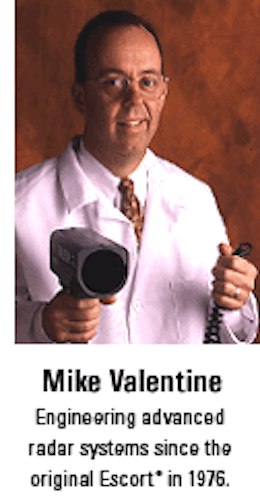




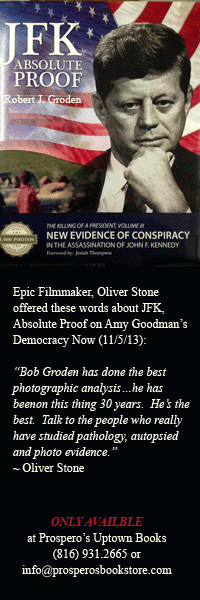

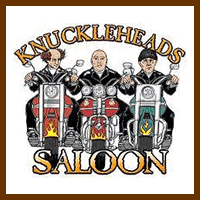


People still use radar detectors?
Cops still give out speeding tickets?
VROOM VROOM!!
BEEP!! BEEP!!
Whenever I see a cop running radar I always flash my brights to warn oncoming traffic but have wondered recently why so few others still do this (even though it has been determined to be protected free speech and bogus charges by police have been ruled unconstitutional). Maybe everyone has just gone high tech. When I have Waze open on my smartphone I always tap to add speed traps when I pass one and it has helped me out at least once.
In some ways, I think people have been beaten down to the point that they somehow think it’s wrong to warn others. I don’t get it.
Hard to flash the lights at night though…without sending the wrong message
As long as you’re not parked at Liberty Memorial, I think you’re fine.
I just click my driving lights off and on, something not everybody has I realize, but you can flick your lights off and on quickly to give them a quick blink…
I’ll sometimes flash the brights but more often than not I don’t do it just because I figure if someone is stupid enough to be speeding more than 8-10 mph over the limit they deserve a ticket.
Of course, that’s your choice. I happen to think that 95% or more drivers drive at speeds reasonable for the circumstances and deserve a head’s up to avoid another muncipal fundraiser. Posted speed limits often do not reflect what I think most view as a reasonable speed under the circumstances. Driving 65-70 in a 55 on a divided 4-lane highway when there is no traffic (4-5 vehicles/quarter mile) is not, IMO, unreasonable under the circumstances. At the same time, driving 35 in a residential neighborhood with lots of little kids playing outside is NOT reasonable under the circumstances.
Let’s make no mistake – cops aren’t running radar for safety, they’re running it to make money. If they truly cared about driver or pedestrian safety they would run radar in residential neighborhoods where kids are playing and teenagers and careless adults are going far too fast to stop if someone runs out into the street. Instead they’re running radar on highways and parkways where traffic tends to always speed BECAUSE the driver collective realizes that it is safe to proceed faster than the posted limit on these portions of roadway.
Excellent points
+1
Not to holier than thou or goody two shoes here, but I don’t speed. Anywhere. You really can make a conscience effort to drive the speed limit. My last speeding ticket? 30 years ago when I was in my early 20’s. The main reason I don’t is that it just doesn’t make any sense to do it. It’s too damn expensive from a ticket & car insurance point of view coupled with the fact that it doesn’t gain you any practical amount of time 99% of the time. It’s just math. Unless you are on a long road trip, driving 8 or 10 mph’s over the posted limit saves a few minutes. Drive 25 miles in town and average 50 mph and it takes you 30 minutes to get to your destination. Average 60 mph for the same trip and it takes you 25 minutes. Saving 5 minutes worth the risk of being ticketed? Not for me. Not to mention traffic, stop lights, stop signs can offset any time advantage you MIGHT have gained by speeding. Radar detectors? I don’t need no stinkin’ radar detectors. I got 5 minutes.